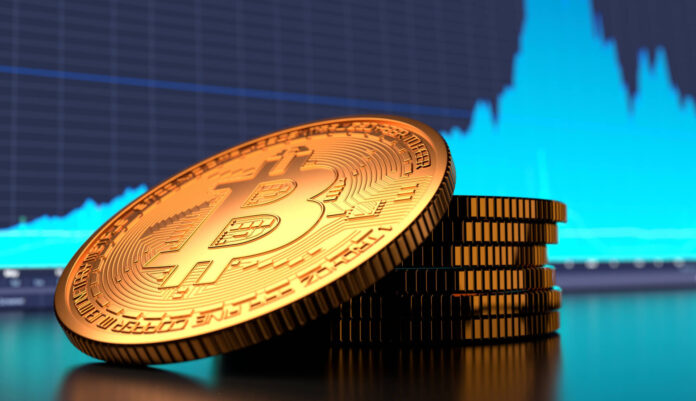- SUMMARY
The Bank of Japan (BOJ) has made a significant shift in its monetary policy by raising its key interest rate to a positive territory (+0.1%) after eight years of negative rates.
This change has sparked speculation about its potential impact on financial markets, particularly currency and bond markets.
For years, Japanese investors have engaged in a “carry trade” strategy, borrowing yen at low rates, selling it to buy US dollars, and using the dollars to invest in US Treasuries.
This has led to a rise in the value of the dollar against the yen and supported demand for US Treasuries.
However, with the BOJ’s decision, concerns emerged that investors might unwind their carry trades, potentially strengthening the yen and forcing significant sell-offs of US Treasuries.
However, this anticipated sell-off has not occurred.
The reason for the muted response is that Japanese investors still hold the largest share of US Treasuries among foreign investors.
Additionally, despite the positive shift in Japanese rates, they remain considerably lower than US rates.
The gap between the two is still substantial, leading to the argument that positive rates in Japan are not yet足以引发大规模抛售。 The consensus among analysts suggests that while the BOJ’s move to positive rates is notable, it needs to be accompanied by a narrowing of the spread between US and Japanese rates before it becomes a major catalyst for unwinding carry trades and significantly impacting financial markets.
- Key Takeaways
The BOJ’s rate hike has the potential to impact currency and bond markets.
The decision has raised concern about a potential unwinding of carry trades, influencing the value of the yen and demand for US Treasuries.
Japanese investors still hold a significant portion of US Treasuries.
Despite the recent rate hike in Japan, their holdings have not significantly declined, reflecting continued demand for US Treasuries.
A narrower spread between US and Japanese rates could facilitate unwinding of carry trades.
The gap in interest rates between the two countries is still substantial, reducing the incentive for Japanese investors to unwind their carry trades by selling US Treasuries.


